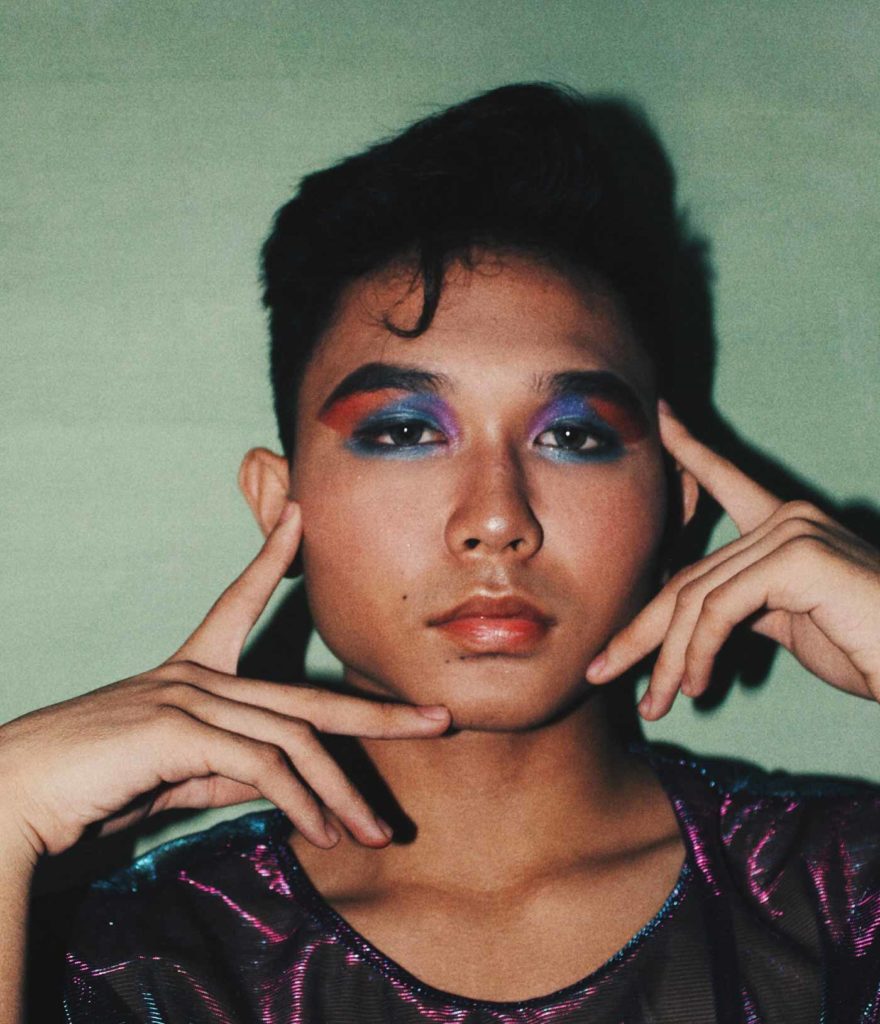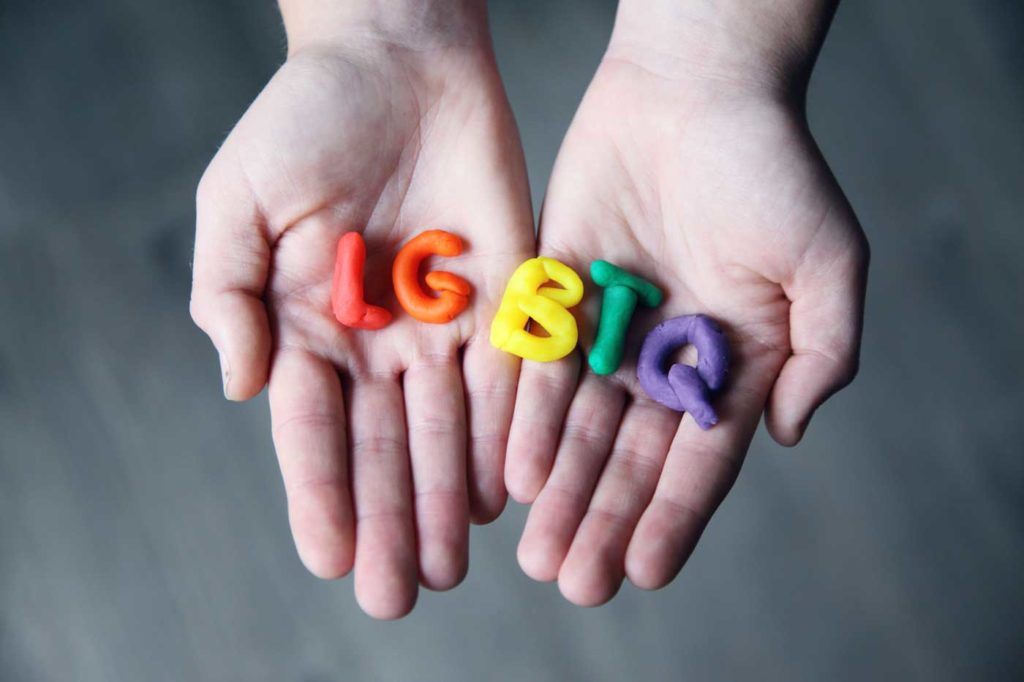Individuals with gender dysphoria show a marked discrepancy between the gender that was assigned to them at birth and the one they experienced. Also, to be able to talk about gender dysphoria, there must be a marked suffering connected to this discrepancy.
The genre experienced may include gender identity alternatives that go beyond the stereotypes binary. Accordingly, the suffering is not limited to the desire to belong simply to the opposite gender, but can understand a desire to belong to a genre alternative, provided that differs from the gender assigned to the individual.
Let's be clear about the terminology
For a better understanding of the complexity of the subject it is necessary to clarify the terminology used and provide the idea of the heterogeneity of the nuances of sexual expression.
- The genre or biological sex refers to the biological status of a person: male, female, or intersessuale.
- L’sexual identity, or sexual orientation refers to the sex of which a person is sexually attracted to (if present).
- L’gender identity it is the subjective cognition of belonging to a certain gender, that is, the way in which a person is seen as “male”, “female,” “transgender,” or another term id (p. e.g., “genderqueer”, non-binary, agender).
- The gender role it is the expression, objective, public, gender identity, and includes all of what people says and does to indicate to itself and to the other, the degree to which you identify with the genre to which it belongs.
For most people, there is consonance between biological sex (the birth), gender identity, gender role, and sexual orientation. However, in nature there are different combinations and expressions of sexuality and persons with gender dysphoria, and experience a certain degree of incongruence between their sex and their gender identity.
The incongruity of gender, in and of itself is not considered a disease. However, when the mismatch between the sex of birth, and gender identity perceived cause significant distressa diagnosis of gender dysphoria may be appropriate.

How do you show gender dysphoria?

The gender dysphoria is manifested by malaise, and discomfort deep respect to their own bodyfelt stranger; the same sense of dislocation is tried for the behaviours and attitudes that are typical of their sex, inside of which the person you do not recognize.
The first symptoms of gender dysphoria can appear since the first years of lifearound 2-3 years. In the studies on children was observed as the dysphoria persists into adulthood for the 6-23% of the males and 12-27% of the females. In other words, less than a third of the children in whom is found to have gender dysphoria will keep this condition also in adolescence. However, when the gender dysphoria persists in the initial phase of the period of sexual development (puberty), rarely disappears with time and almost all of the adolescents with gender dysphoria maintain this condition into adulthood.
The DSM-5 (Manual of diagnostic and statistical of mental disorders – 5th and most recent edition) describes the manifestations of this condition in the different phases of life.
In children the gender dysphoria appears with a desire to wear clothes, use toys or take part in games that are commonly associated with another genre, preferring to play with the children of biological sex to the opposite; refusal to urinate as do the other children of the same biological sex (for children in the walk, or for little girls sessions); the desire of wanting to get rid of her genitals, and you want to have the genitals of biological sex to the opposite; extreme discomfort to the body changes that happen during puberty. These events are associated usually with a deep suffering and difficulty in the field of social and educational.
In teens and in adults, the symptoms can include: assurance that their true gender is not aligned with your body, you disgust towards their genitals, and a strong desire to be rid of their genitals and other characteristics of their biological sex.
To have or to suppress these feelings are often very difficult to deal with and, as a result, many people with gender dysphoria have anxiety, depression, perform acts of self-harm and are suicidal thoughts.

As it intervenes in the gender dysphoria?
The treatment for gender dysphoria aims to reduce, or remove, the suffering the person who is suffering, and is based on the close collaboration between psychologists, psychiatrists, endocrinologhi and surgeons. Are there any tips (standard of care) proposed by the world Association for health, transgender (World Professional Association of Transgender Health, WPATH, Coleman et al. 2011) and international guidelines (Hembree WC, et al. 2017) to which health professionals to refer to. Some people with gender dysphoria decide to take action on your body to make it more similar to how you feel through a “path of affirmation gender” (it is possible from 16 years old), and proceeds to the later stages and can include hormone treatment and/or surgery. This is not a compulsory path, the process is not the same for all people, and there are specialized centers for multidisciplinary accompany the person throughout the process.
What can you do Tice?
Sexual dysfunctions can have a cause physical or psychological. In most cases, the origin is psychological, but it is important to rule out any organic causes through in-depth analysis of a medical nature.
-
SUPPORT PSYCHOEDUCATIONAL
for children and adolescents - COGNITIVE BEHAVIORAL THERAPY
Children and adolescents with gender dysphoria are also considered to be subjects psychologically more vulnerable. More often, in fact, can experience anxiety or depression, have low self-esteem or to be isolated socially.
For this the Centers TICE are for suitable locations for young people* to experience this type of discomfort, being protected contexts, in which the social environment is inclusive and open, and where everyone learns that its diversity is a resource, and the communication is positive and constructive. At TICE there is a comunity of people (professionals, adolescents, and families) lgbtq+, which brings together and supports.
At our centers, paths are available to support the study, psychoeducation, emotional, psychomotor skill that can help children with gender dysphoria to locate reference points in an environment of open and relaxed, where people express their emotions and thoughts.
The psychological support allows you to face the difficulties of each individual and provides help for reduce emotional suffering. Being frequent to find also other psychological disorders (e.g. anxiety, depression, disorder, oppositional-defiant, it is important to identify and treat all of the components that contribute to the malaise. Puberty and the physical changes that accompany it, pose a difficult challenge to face, and can exacerbate the discomfort. For this reason, the international guidelines suggest a psychological support constant turned to the kid* and his family, who is also marked with an accompaniment in the various phases and in the major areas of life (school in the first place) because you create contexts welcoming and inclusive.
You respect in one of these descriptions? You seem to see a relative or a friend of yours?
Contact us through the form

